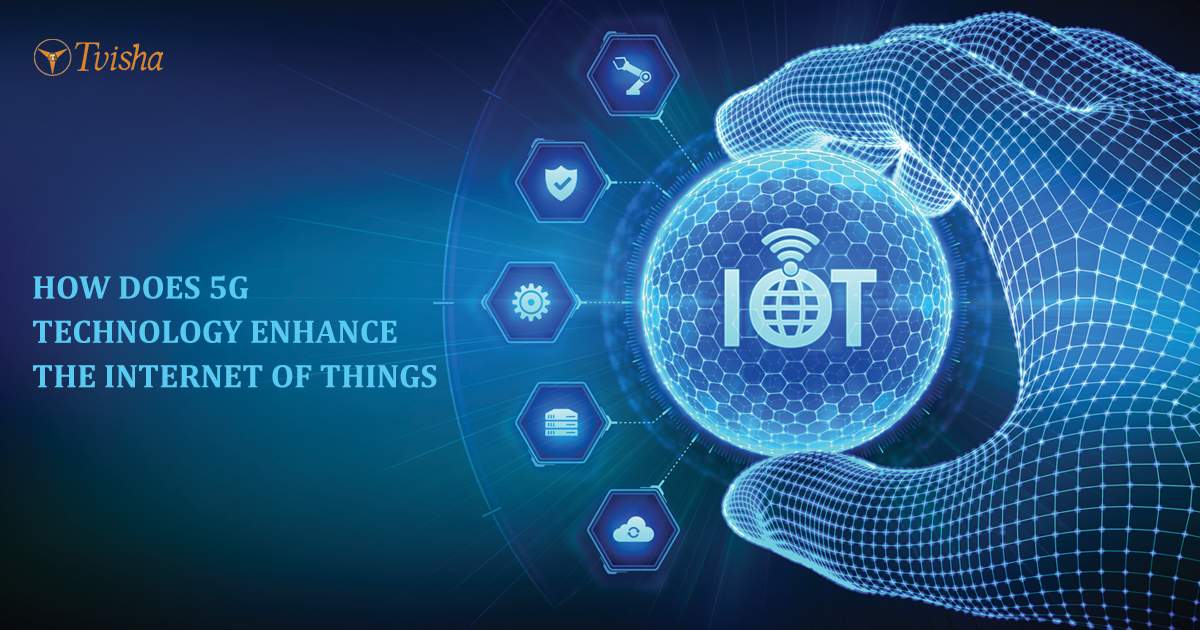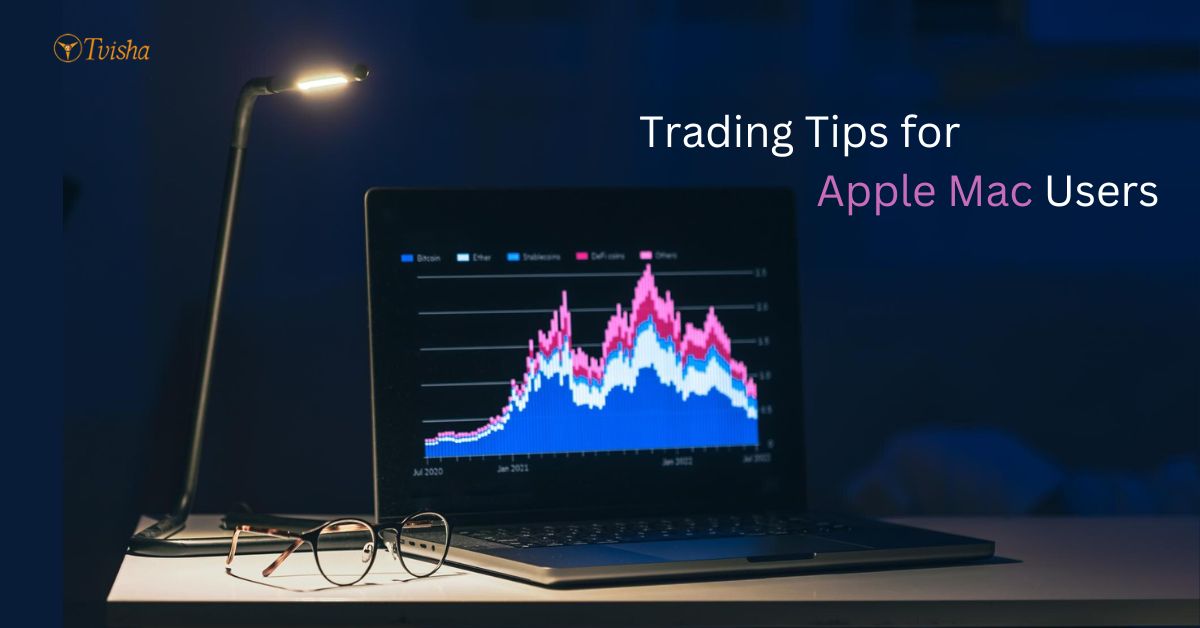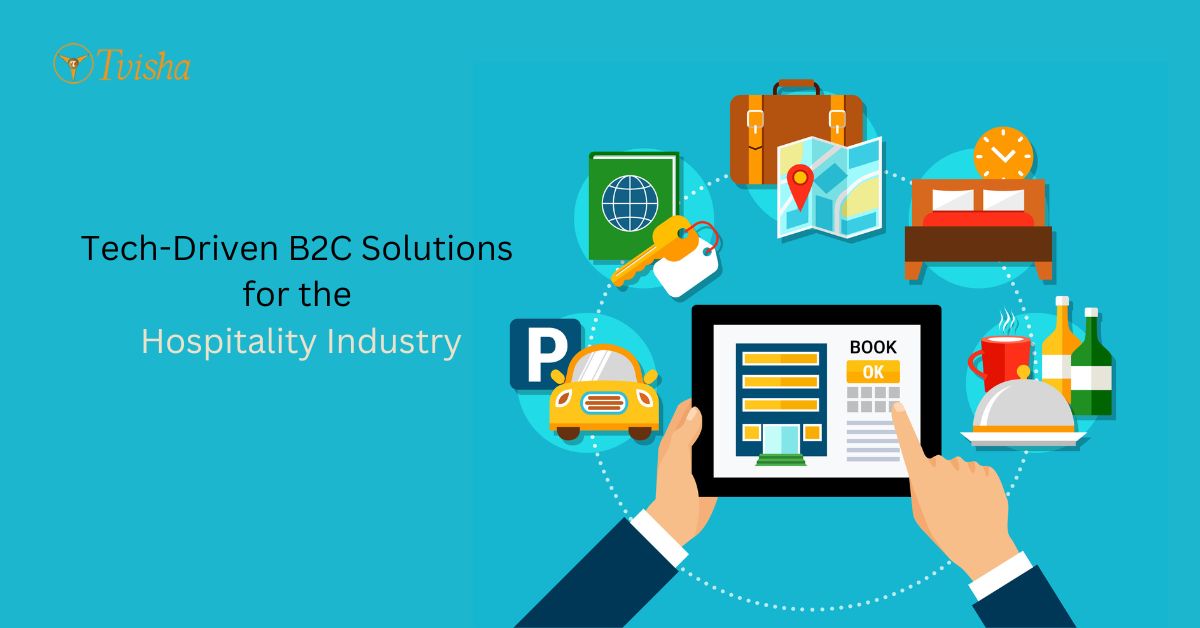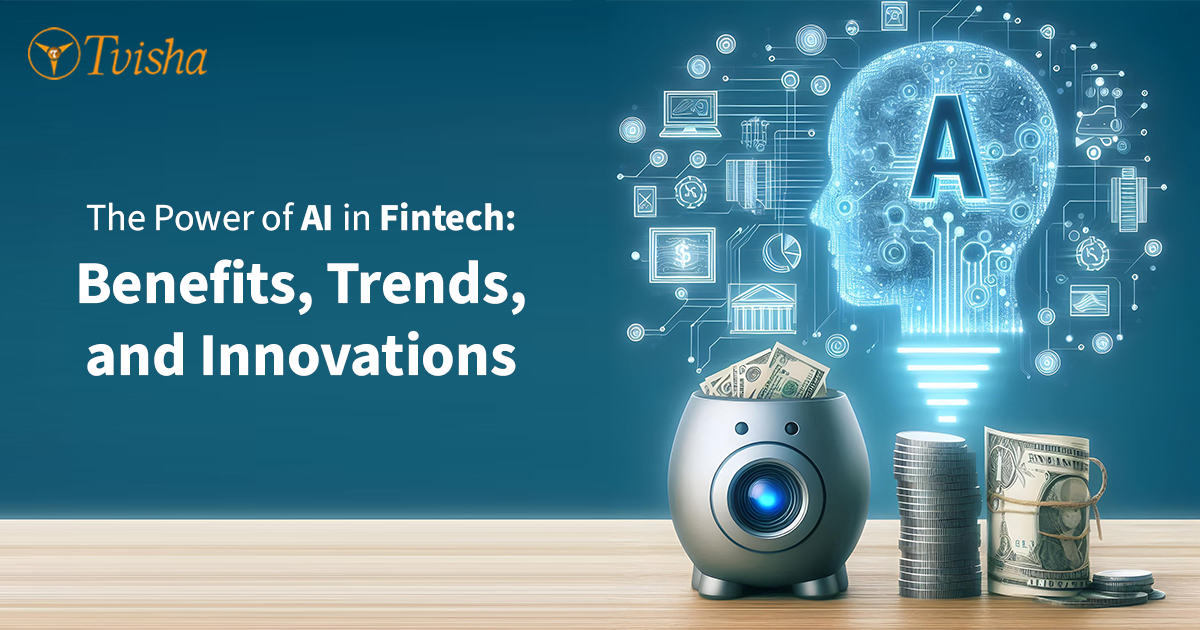
How Does 5g Technology Enhance The Internet Of Things (IoT)
Kevin Ashton first introduced the Internet of Things (IoT) in 1999. IoT is a term that refers to the billions of devices connected to the internet to collect, transfer, and exchange data with each other over the internet. Still, it was when Gartner added IOT to the list of new emerging technologies in 2011 that it started to gain popularity.
IoT technology is used in various sectors such as Manufacturing, Agriculture, Healthcare, Transportation, Water and Waste Management, Media, Retail, Power Distribution, etc.
What is IOT?
The Internet of Things (IoT) is the networking of physical objects - “things” - embedded with software, sensors, and various technologies to connect, exchange, and transfer data with multiple devices and systems over the internet.
These objects can be anything from household objects to large-scale industrial tools. Home security, motion sensors, Alexa, and Google Assistant, are well-known examples of the Internet of Things.
Why is IOT so important?
We connect our everyday objects to the internet via embedded devices to make seamless communication possible among people, processes, and things.
In this hyperconnected era, digital systems can monitor things with minimal human intervention. Physical objects can share, connect, and transfer data with minimal human interaction. This is only possible through low-cost computing, the cloud, and mobile technologies.
How Does 5G Technology Enhance The Internet of Things (IoT)?
Transmission technology plays a vital role in the Internet of Things technology. It automatically makes 5G communication technology crucial for the Internet of Things. 5G makes connections faster and much more efficient and minimizes delays.
Here Are a Few Ways 5G Enhances the Internet of Things:
- Increase in Bandwidth: 5G offers much higher bandwidth than previous generations, allowing higher bandwidth speeds, faster data transfer, and higher-resolution images and videos.
- Faster Connectivity: 5G technology enhances connection speeds, which is excellent for applications requiring real-time data, such as virtual reality.
- Low Latency: 5G offers lower latency than previous generations, which is crucial for some applications. This also makes applications more responsive and increases their accuracy.
- Enhanced Security: 5G technology has enhanced security features like authentication and encryption in turn making it harder for hackers to exploit the Internet of Things networks.
- Reductions in Cost: 5G has the ability to reduce the cost of the Internet of Things networks. 5G can help reduce infrastructure costs and almost eliminates the need for additional hardware.
- Enhances Scalability: 5G technology also enhances scalability, allowing more complex applications and much larger networks to be developed.
- Location-Based Services: 5G technology also enhances location-based services, providing more accurate locations and information being sent to the Internet of Things devices.
- Increase in Coverage: It also increases coverage and widens the range of IOT networks, and increases the device density, which can facilitate more complex applications.
5G offers rapid speeds, lower latency, and higher bandwidth, which is instrumental in advancing the Internet of Things.
The 5G technology can have up to 20Gbps peak data rates and 100+ Mbps average data rates, significantly faster than 4G networks, allowing for higher data throughput and enabling more devices to be connected to the network simultaneously. As 5G technology advances, IoT is set to become even more powerful and advanced.
Advantages and Disadvantages of Internet of Things:
Advantages:
- The primary advantage of IoT is monitoring data. This helps to get data that could not have been collected easily.
- Easy access to information in real-time is possible from almost any corner of the world if one has a smart device and internet connection.
- The Internet of things makes automation effortless and seamless, as repetitive processes can be completely automated.
- The Internet of things provides people with better time management. For instance, if one wants to add to the grocery list, one can do it using voice commands and Alexa.
- Without human interference, machines communicate with each other providing faster and more timely solutions.
- The IoT makes our systems more efficient.
Disadvantages:
- Data can be breached easily as personal data is exposed. A credit card number is the most compromised information on the Internet.
- Dependency on smart devices can increase vastly. The Internet of things has dramatically decreased our attention span.
- Since the Internet of Things is a diversified network connecting various devices, designing, developing, maintaining, and facilitating an extensive IoT system can be complex.
- IoT needs a continuous power supply and internet connectivity for proper functioning and might create troubles during outages.
- IoT has made everyone lazy and overdependent on technology to get day-to-day tasks done.
- Since different manufacturers configure the IoT devices, compatibility issues arise, and developing solutions increases the cost and time.
Everyone is controlled and reliant on technology.
Applications of Internet of Things:
The internet of things devices are used in every possible field in day-to-day life. Listed below are some of its applications:
- Smart locks and door access control is one of the most popular and cost effective solutions of IoT. They are easy to implement and controlled using web interfaces or smartphone applications.
- Smart lighting is a very attractive smart home application using the Internet of things. It enables us to save energy and helps us to manage it effectively.
- Light ambience can be changed, dimmed and controlled according to the mood and the environment using smartphone applications.
- Using IoT and sensor technology gates can be opened or closed, using smartphone applications without physically opening or closing the gates.
- Traffic gets analyzed by the Internet of Things devices over a period of time to give an update on the peak of traffic in the general commute route.
- Wearable technology such as smart watches and fitness trackers are optimized to perform different tasks like counting the number of steps, heart rate, etc…
- IoT is being used in hospitals for life-saving applications. Real-time diagnostics can be done by using IoT devices.
- Doctors can quickly access the patient’s medical history to treat the patient properly.
- Autonomous driving has evolved with AI and smart sensor technology in the Internet of Things.
- The automation feature reduces work pressure and the money spent on laborers.
- A sustainable approach is possible by using IoT, as it improves functionality and efficiency and identifies the damaged spots for an actual cure.
- Farmers use smart methods and techniques to meet current and future connected farming needs.
- Smart cars are excellent examples of how IoT is used for controlling, monitoring and driving a car with the help of sensors and a central computer installed in the car.
Narrowband - Internet of Things:
Narrowband Internet of Things (NB-IoT) is a standards-based low power wide area (LPWA) technology that was developed to enable an extensive range of new Internet of Things devices and services.
NB-IoT reduces the power consumption of user devices while increasing bandwidth efficiency, and system capacity, specifically in deep coverage. It is a standard developed by the 3rd generation Partnership Project(3GPP) and part of the LTE(Long-Term Evolution) family of wireless technologies.
NB-IoT aims to boost the coverage that extends beyond the existing cellular technologies. It also offers transmission repetitions and different bandwidth allocation configurations in uplink transmission. For many use cases, NB-IoT-connected devices can have a battery life of more than ten years.
Overall, NB-IoT offers cost-effective and reliable solutions for IoT connectivity, enabling the widespread deployment of IoT devices and supporting the development of innovative IoT applications.
Conclusion:
The Internet of Things is a platform that connects the virtual world to real-time life utilizing RFIDs, AI, sensors, connectivity, and communication devices. The need for IoT will only increase over the years as everyone wants a better life and lifestyle. If one wants to know more about the Internet of Things, they can check out Internet of Things, a Hands on Approach book that explains about IoT really well.
The 5G technology is essential for the successful implementation of the IoT. It has enhanced IoT devices by faster data speed, low latency, and reducing the costs of IoT devices. IoT is improving industrial machines by increasing their efficiency and functionality. IoT has massively changed the hospitality industry by providing us with real-time solutions.

















 Whatsapp
Whatsapp
 Email
Email


